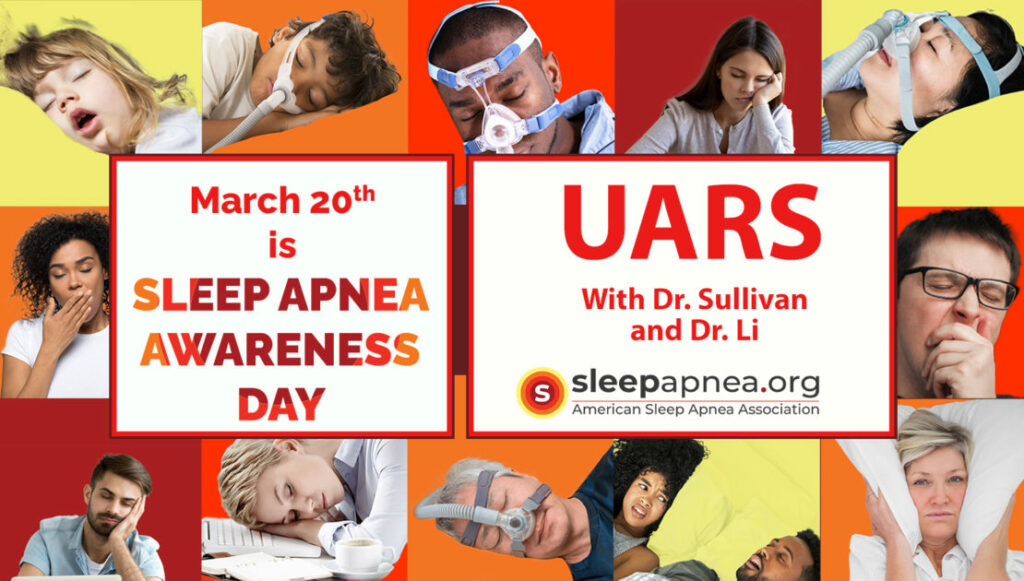All month long, ASAA has been raising awareness of the different types of sleep apnea. Obstructive Sleep Apnea (OSA) is the most well-known, then followed by Central Sleep Apnea (CSA). Let’s take a closer look at Upper Airway Resistance Syndrome (UARS).
Normally we breathe through the nose and eat with the mouth. UARS is indicated when the upper airway, or nasal passage, is not fully functioning allowing proper airflow, and leading to symptoms such as daytime sleepiness and fatigue. Like other types of apnea, UARS air flow reduction causes sleep arousals resulting in fragmented sleep.
With UARS, air flow is so diminished that the body is forced to arouse itself from sleep to compensate for the additional effort needed to breathe. When this happens, it is not possible for the brain to perform the necessary restorative tasks that happen during normal sleep. Left untreated UARS can lead to:
- Insomnia
- Difficulty getting to sleep
- Disturbed sleep or frequent awakenings
- Excessive daytime sleepiness
- Fatigue
- Not feeling refreshed after sleeping
Treatment for UARS should begin as soon as it is determined, and daytime symptoms are present. Treatment methods may include: positive airway pressure machine (CPAP), physician review of the nasal passage for inflammation or blockage, and possible nasal surgeries to increase airflow. For more information on this subject watch our recent video.
Treatment of UARS in Adults: https://www.ncbi.nlm.nih.gov/pmc/articles/PMC4608900/





